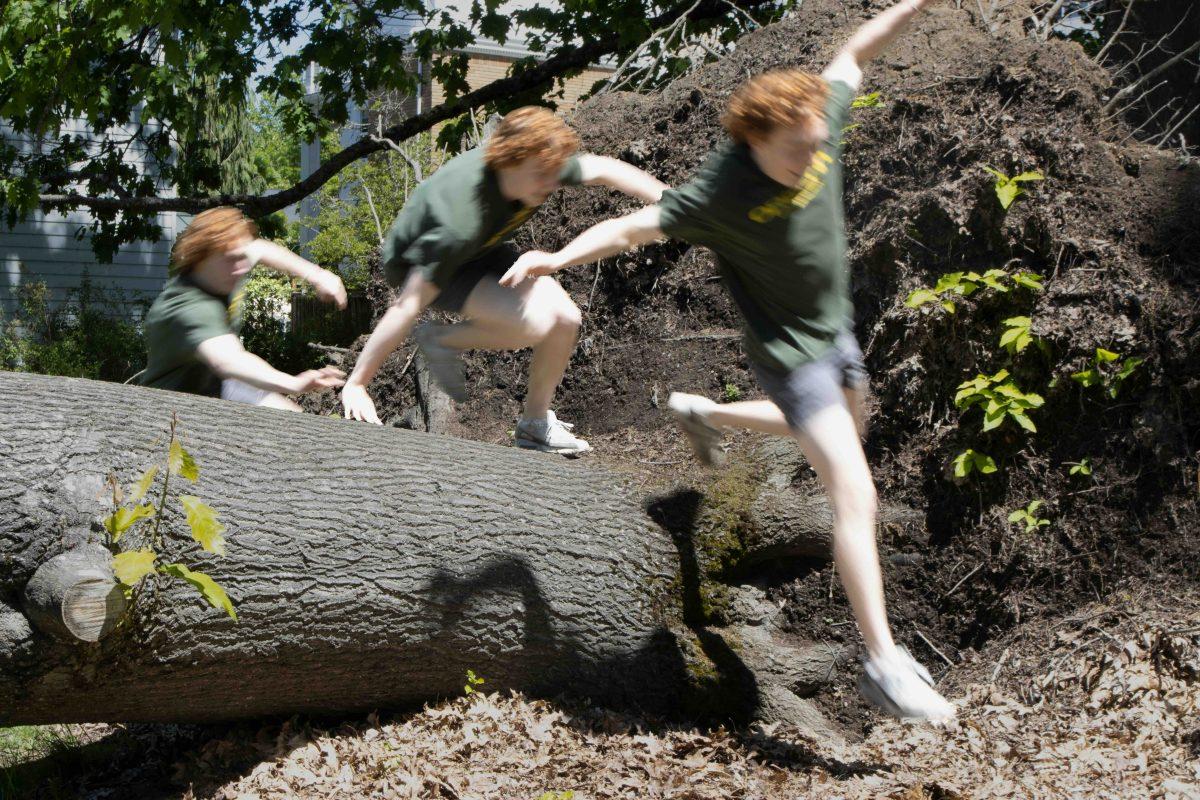Only thirty minutes from Eugene, Douglas Firs paint the Cascade Mountain Range,
constructing the largest National Forest in Oregon. Not only is the Willamette Forest breathtaking, but it’s filled with many activities. Planning a day in the wilderness can be intimidating, so here are some tips to help you safely embark on your adventure.
Spanning over 1.6 million acres, The Willamette National Forest is scoured by hiking trails, cascades, and seven major volcanic peaks. There is so much to see in the Willamette Forest that you couldn’t possibly explore the whole area in one visit. It’s easy to get off path, so make sure to bring a map in case you start wandering aimlessly or your phone loses reception.
Once you start your journey in the forest, you’re going to be a little secluded so it’s important to come prepared. Make sure to bring plenty of water and non-perishable food, especially if you are going for multiple days. There may be unexpected thorns and muddy areas, so dress for success by wearing thick pants and shoes you don’t mind getting dirty.
The Willamette Forest blooms in the heart of Oregon, with more than 1,500 miles of hiking trails running through the middle of the state. Throughout the forest, there are 70 developed campgrounds and eight historical cabins. They make it easy to access each trail and expand how far people can travel per day.
There are eight designated wilderness areas that cover around one-fifth of the forest. These areas contain the major peaks of the Cascade Mountains, making them most popular with backpackers and mountain climbers. With a variety of lookouts, scenic drives, alpine lakes and waterways, the forest attracts campers from all over Oregon.
A little over an hour southeast of Eugene, you can find Salt Creek Falls, Oregon’s second-highest, single-drop waterfall at 286 feet. With an observation platform at the top, you have a clear view of one of Oregon’s most powerful waterfalls, plunging into the gaping pool below. A loop gravel trail lays on the outer rim of the canyon, giving hikers multiple vantage points along the edge of the waterfall. The trail is dog-friendly, so feel free to plan the day with a furry friend, as long as they’re on a leash.
The Willamette Forest has many rivers and lakes, making water activities popular during the warmer months. Ponds provide a tranquil place for people to reflect, while boating and swimming are available at the larger lakes. You can rent vehicles online ahead of time on the Willamette National Forest website.
Close by is the McKenzie River National Recreation Trail, which spans over 26.5 miles. With a vast and versatile landscape, the trail passes through dense thickets of forest and travels through tall peaks and lava beds. Over a dozen of the McKenzie River trailheads lead to Sahalie and Koosah Falls. These two waterfalls are noteworthy for originally being two thick flows of basaltic andesite lava that dammed Clear Lake over 3,000 years ago. The waterfalls have become a popular spot for families and sight-seers due to having a close parking lot and a wheelchair-accessible observation deck.
The Willamette National Forest even has an expansive frisbee golf course called Willamette Park. The eighteen-hole course isn’t too challenging, but it’s definitely not meant for beginners. The beautiful course is one of the oldest in Oregon and is still well-kept for Oregon State’s frisbee golf team. Some baskets are placed on far-away inclines that make it particularly difficult to score, so make sure to bring extra discs just in case you lose a couple.
If you’re looking for a simple and educational way to spend time in the forest, the Sweet Home Ranger District offers nature and heritage tours to help people learn more about the forest. Located on the edge of the Willamette Valley, the tours discuss the local plants, animals, geology, and cultural history of the area. A guide will take you to a variety of different spots with a friendly group of equally curious adventurers.
The Willamette National Forest has all of its available activities listed on their official website, along with information on accessibility. Looking at the website beforehand can be helpful to get a full scope of all the different areas and which ones are currently available for exploration. Trails and campgrounds can be closed for a number of different reasons, so it’s always best to plan ahead.





